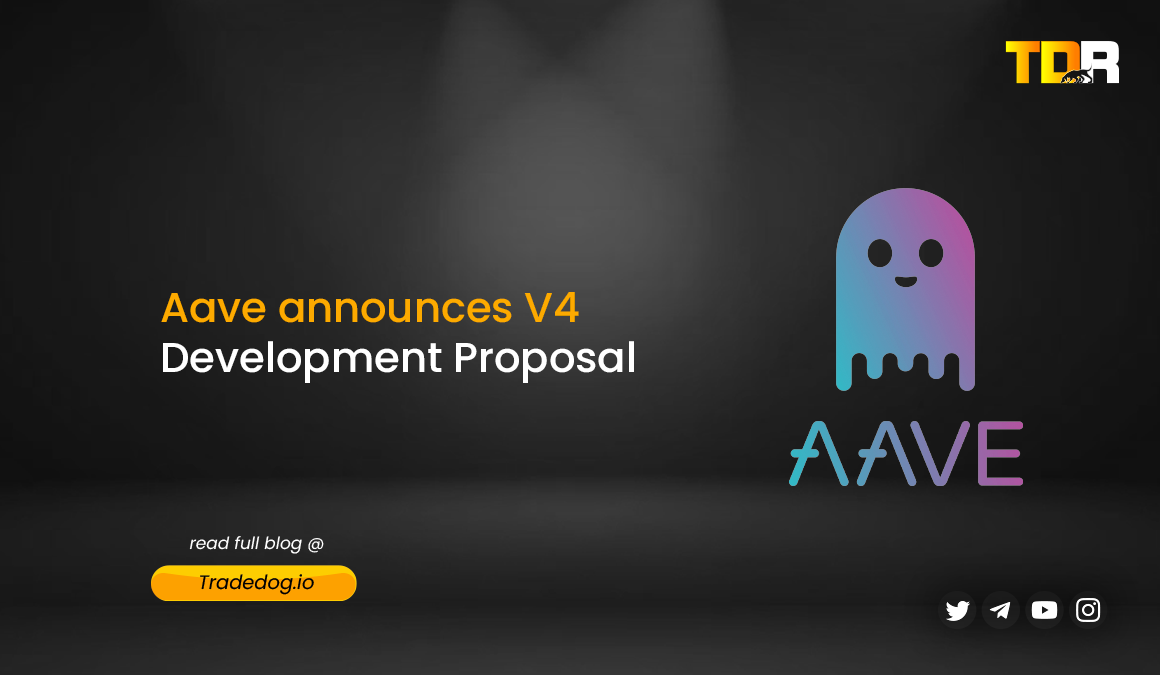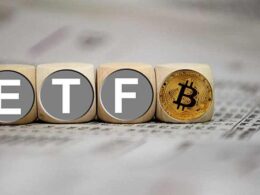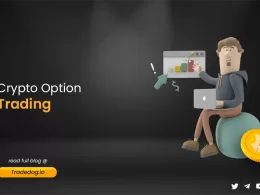Aave, the leading player in the DeFi Lending space, has constantly innovated to stay ahead of the curve. With its presence across 12 blockchains, it boasts TVL of over ~ $10.7 Bn. Aave V3, launched in 2022, introduced key features like variable interest rates, risk management tools, and support for various networks. V3 successfully expanded Aave’s user base and established it as a prominent player in the DeFi space. It has recently announced the proposal for its V4 with a new set of features which we will discuss in detail here.
Exhibit: State of TVL
Aave V4
Aave V4 proposes a complete overhaul of the protocol’s architecture, focusing on modularity and efficiency. Here’s a breakdown of some key features:
Unified Liquidity Layer: This novel feature acts as a central hub for managing liquidity provisioning, interest rates, and asset supply/borrowing caps. It simplifies the integration of new borrowing features (such as isolation pools, RWA modules, and CDPs) and eliminates liquidity fragmentation issues present in earlier versions.
Fuzzy-controlled Interest Rates: Aave V4 introduces dynamic interest rates that adjust based on market conditions, using Chainlink Oracle data. This ensures optimal capital efficiency for both borrowers and lenders.
Liquidity Premiums: This feature assigns risk factors to collateral assets, leading to adjusted borrowing costs based on the risk factor involved in the collateral. Riskier assets will have higher borrowing costs, reflecting their inherent risk profile.
Smart Accounts and Vaults: V4 introduces Smart Accounts, allowing users to manage multiple borrowing positions from a single wallet. Vaults enable borrowing without supplying collateral to the liquidity layer, further enhancing user experience.
Stronger GHO Integration: V4 integrates Aave’s native stablecoin, GHO, more seamlessly. Features like “soft liquidations” and “stablecoin interest paid in GHO’ aim to boost GHO adoption and utility.
Community Response
Aave V4’s proposal has been met with excitement in the DeFi community. Influential figures like Zach Rynes from Chainlink praised Aave’s move quoting “Aave moving towards cross-chain liquidity and leveraging Chainlink oracles for risk management is a great sign for the multi-chain future of DeFi.”
Other experts echoed this enthusiasm, citing features like the Unified Liquidity Layer and dynamic interest rates as signs of a more powerful Aave ecosystem. While some experts offered more detailed analyses acknowledging potential areas for improvement, the overall sentiment is positive. This suggests Aave V4 has the potential to be a significant step forward for DeFi lending.
The Road Ahead
The development timeline for Aave V4 is currently in an advanced research phase, stretching from research completion in Q2 2024 to a full release by mid-2025. Aave Labs has requested a grant of 15 million GHO and 25,000 stkAAVE to fuel the development process during the first year.
Here’s a breakdown of the planned development process, subject to community approval on the Aave 2030 proposal:
- Research Completion: Q2 2024 (Current Stage)
- Development Start: End of Q2 2024
- First Prototype: Q4 2024
- Code Completion, Auditing, and Release: Q1- Q2 2025
Conclusion
Aave V4 is shaping up to be a game-changer in DeFi lending. Its modular architecture promises faster innovation and easier integration, while GHO integration creates a more cohesive ecosystem. User experience and competitive APYs remain considerations, but overall, Aave V4’s unique features position it for dominance in the DeFi lending space. In my opinion, this is a bold and exciting initiative. Aave’s focus on innovation and building a unique feature set makes it a strong contender to lead the future of DeFi lending.







